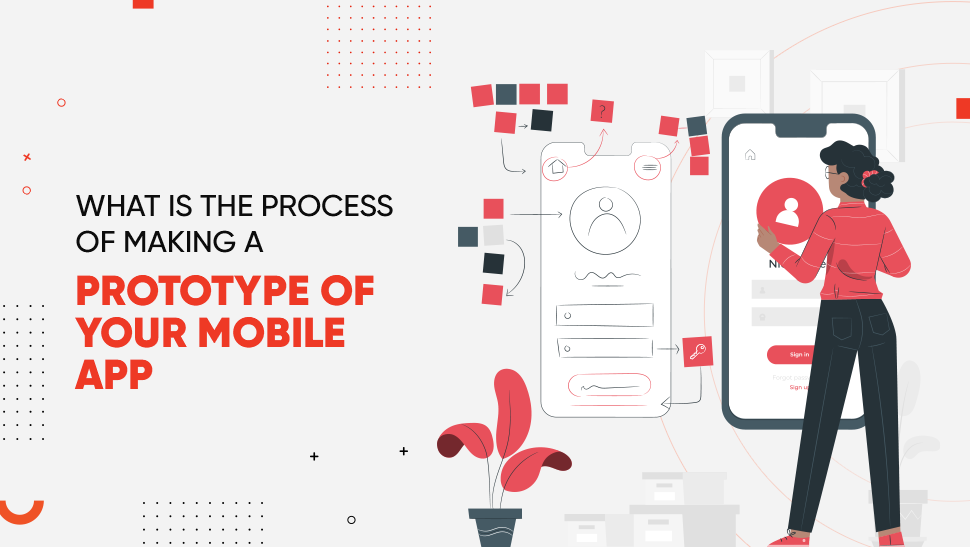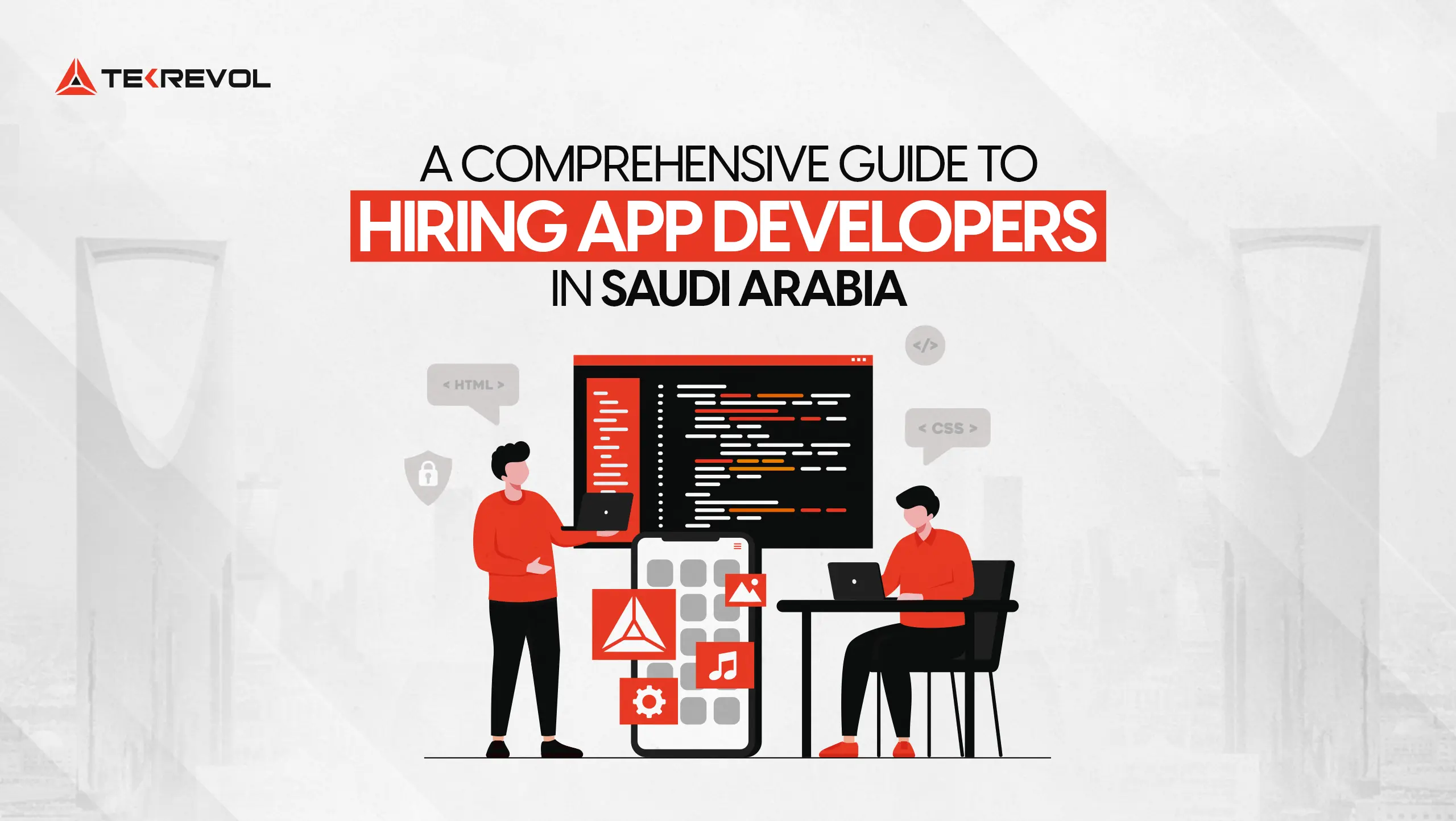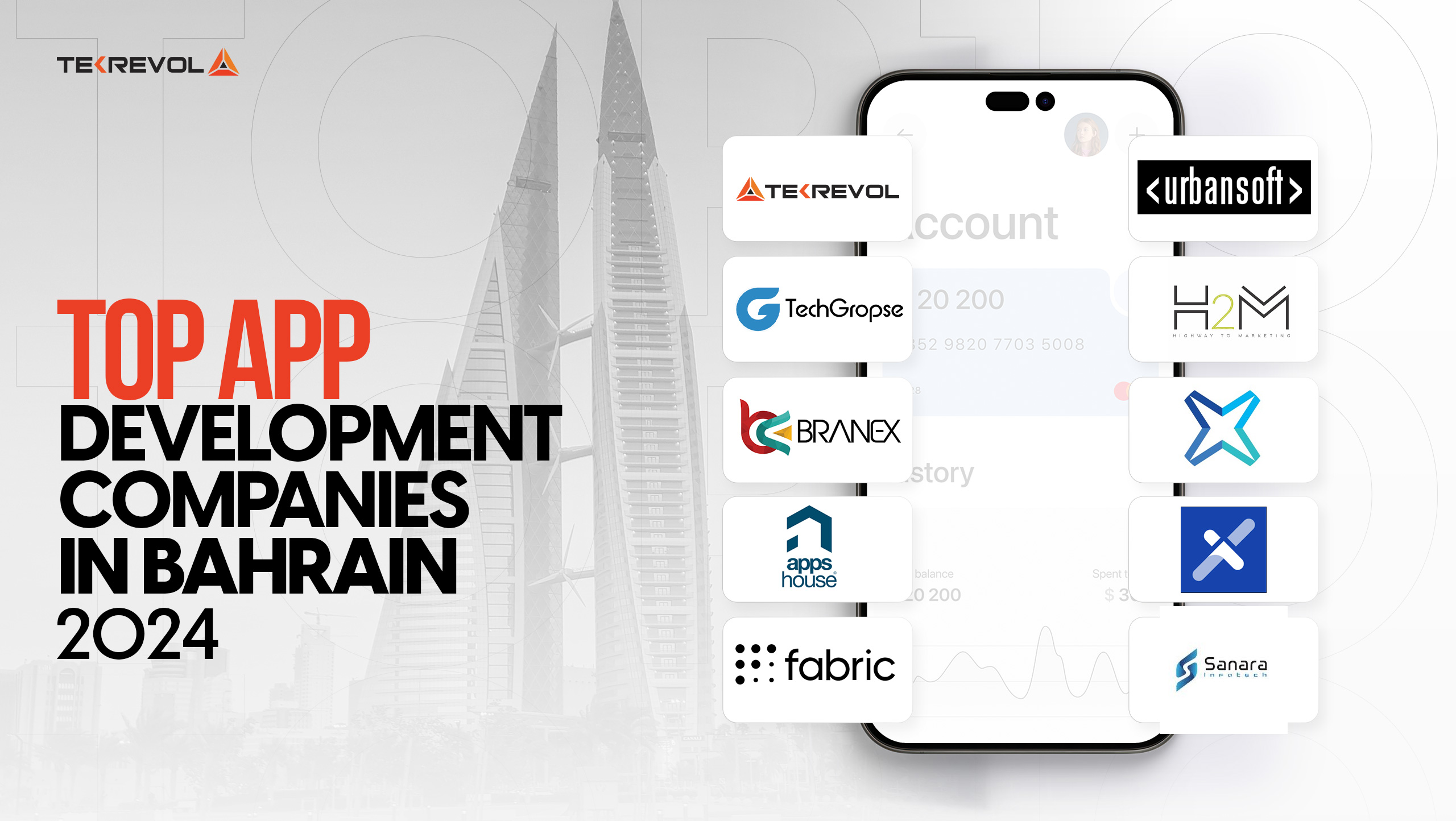What Is The Process Of Making A Prototype Of Your Mobile App?
- Web Development
- |

If you’ve ever seen Shark Tank, the popular investor-startup based show, you would know that coming prepared in front of the investors when pitching your idea was a job half done.
Mobile app developers are now reaching out to mobile application investors every single day, pitching their novel, highly specific, and futuristic ideas that have the potential to disrupt the mobile app market.
An example can be quantum computing. This is a growing niche where investors from around the world are pouring in money to secure the future and help provide a better future. There are numerous industrial applications of quantum computing that all entrepreneurs should know about. But there are a few prerequisites to it.
If you too want to pitch an investor to fund your mobile app, you will need to differentiate yourself from the rest. So how exactly can you do that?
One of the best ways to do so is to build a mobile app prototype.
Mobile app prototypes help investors see into the viability of your app project and work far better than pitching just plain old pitch decks.

Mobile App Prototyping – An Overview
The processes involved in mobile application prototyping solutions, that ensure the delivery of a stunning user experience with a killer first impression, comprise of essential stages that need to be carefully worked through with regard to innovation, uniqueness, creativity, impact, evaluation and implementation.
These factors pertain the knowledge of the problem being addressed through the development of a solution, which is in the form of an application.
Building an application prototype is the first essential step in letting mobile app investors evaluate a certain mobile application development idea.
It helps them understand the viability of their mobile application ideas and the flaws in it.
It also allows venture capitalists to evaluate and fund the possibility of a working solution, to one or many modern problems.
This working solution, is in essence, the prototype of the application that is under consideration.
It allows the effective transition of projected user experience through need-based problem-solving methodologies that can be closely monitored and corrected from the obtained feedback. Such factors are understood by considering the needs of a client and the solution the business intends to offer to the general public, for any given problem.
As a mobile app development company, Tekrevol ensures a thorough process for mobile app prototyping solutions that dives into the depth of evaluating client needs and ensuring the use of tentative solutions in the form of building application prototypes.
These prototypes provide the initial ground for enabling client feedback, customer review and their influence on targeted audience members.
Do you want a glimpse at how we build an application prototype at TekRevol? Then let us take you through the process that we follow:
1. Identification of a Problem
The starting step and arguably the most important step, in creating an application prototype, is to find the problem for which the application is being considered for development.
This step involves careful identification of a problem that the public is facing and through the development and offering of an application, the public may find a sustainable, user friendly solution for it.
The type of problem may vary in accordance with the identified requirement by our client. On one hand, problems may occur in business to business marketplaces which require corporate solutions or on the other hand the client might require core revenue generation by providing a user specific mobile game app or a streaming app.
Once the type and nature of the problem has been ascertained, the prototyping team moves onto the next step which is the evaluation of all possible solutions that can meet the problem.

2. Evaluation of Solutions
Solutions are evaluated by observing the nature and complexity of the problem that they are solving. These evaluative solutions are conjoined together in the stages of prototyping a mobile application that can best answer questions such as, but not limited to:
- How do people face the problem?
- What works best for this specific type of problem?
- Possible features that minimize the impact of the problem?
- Is the supposed solution efficient and quick in solving the problem?
- What about the possibilities of future expansion through such a solution?
- Is the solution meaningful enough to capture audience and user numbers, by engagement through the application?
Once the outline of the solution has been carefully envisioned, the production team moves onto drafting features and functionality measures for the prototype application that can render functions of problem-solving processes.

3. Transition of Solutions into Functionality Features
Functionality features are basically the different functions contained within an application prototype. This step varies greatly according to the nature of the application being prototyped as it is diverse in nature, and will vary from app to app.
Functionality features transition from possible solutions and may be divided on the basis of the following categories which determine the prioritization and the possible extent of the inclusion of such features into the application prototype. We will try to explain these stages with a simple example of the Facebook app:
Primary Features
Primary features are the most basic features when brainstorming what the application must basically feature. In case of Facebook, it was a primary feature to allow people to virtually connect to each other in social atmosphere, exchange messages and share media. This can be termed as a primary feature.

Secondary Features
Secondary features are added features that will add more value to the set of primary features offered. In case of Facebook, secondary features allowed sharing of media originally published from other sources, liking these posts, commenting on them etc.

Complimentary Features
Complimentary features can be classified as features that add to the overall esthetic value of the prototyping solution in the form of a prototype app. These features can be prototype application skins, themes, button variations, font sizes, customizable icons, arranging features, etc.
Once all features have been carefully prioritized under functionality needs, the process for blueprint sketching comes next.

4. Blueprint Render
The next step is to design the sketch of how the application prototype is going to look and display. This is achieved by simple drawing methods and sketching works that allow the initial ground for ‘how’ the prototype app is going to look like.
Basic screens may be drawn which could only contain basic features and texts. This process can be explained as laying the foundational sketch upon which the structural arrangement of the application will be built upon, produced to a basic functioning prototyping solution.

5. Wireframing of Blueprints
Wireframing is the process of rigidly defining, on the basis of the previous blueprint sketches, the structural arraignment of the application which will initially be developed into a working prototype design with the immense possibility of further refining functionality and esthetic outlook.

6. Bringing the Wireframe to Life
Once the structural arrangement of the wireframe of the prototyping solution has been envisaged and formulated, the wireframe is then transformed into a functioning prototype of the application.
This application prototype allows our clients to test the functions of the app, execute it within feedback groups, engage target audience and peer groups, test the flaws of the design, render rectifying measures and allow them to proceed with corrective feedback loops gained from the target audience. This entire process enables our clients to find out the effectuality of their application prototype.
Through our mobile app prototyping solution processes and procedures, we strive to enable the prototyped solution of the problem to collect, gather, identify and evaluate potential customer feedback, investor review and correctional measures that help us to ultimately deliver to our clients, the finalized mobile application that conveys their solution effectively and efficiently to their target audience, and solves the problem they intend to eradicate to help make people’s lives easier.

Mobile App Prototyping – The Way Forward
Our prototyping processes allow our clients to approach venture capitalists and funding partners with the confidence needed to deliver the weighted importance of their application development, and how it impacts the consumer market to help meet the needs of targeted individuals. They enable our clients to test the effectiveness of their solutions towards the reality of modern-day problems.
Inspired to solve a problem? Got an idea for a killer-app? Leave us a message and we’ll get back to you with the perfect prototyping application solution to test your idea!
- Develop A Mobile App Prototype
Author : SHAH ANAS
Shah Anas is a Business Development Executive who believes in the responsibility of businesses to give back to society. Away from the office, Shah loves to talk about sports and politics and is always ready to post a long status on trending topics.
Come meet us at a location near you!
 USA
USA
39899 Balentine Drive,
Newark, CA 94560
1301 Fannin St #2440,
Houston, TX 77002
501 E Las Olas Blvd Suite
230, Fort Lauderdale, FL
44 Tehama St, CA 94105, San Francisco
400 NW 26th St, FL 33127, Miami
740 15th St NW 8th Floor, DC 20005, Washington
 CANADA
CANADA
4915 54 St 3rd Floor
Red Deer, ABT T4N 2G7
 UAE
UAE
Level 5, One JLT Tower 1 - Jumeirah Lakes Towers - Dubai, United Arab Emirates
Level 17, World Trade Center, Khalifa Bin Zayed the First Street, Abu Dhabi
Level 22 , West Tower, Bahrain Financial Harbour, Manama, Bahrain
Level 22, Tornado Tower, West Bay, Doha, Qatar
 PAKISTAN
PAKISTAN
3/25, Block 5, Gulshan-e-Iqbal,
Karachi, Sindh 75650




Let’s get in touch!
Let’s discuss your project and find out what we can do to provide value.
I am interested in discussing my ideas with you for
COPYRIGHT 2024 TEKREVOL ALL RIGHTS RESERVED.





